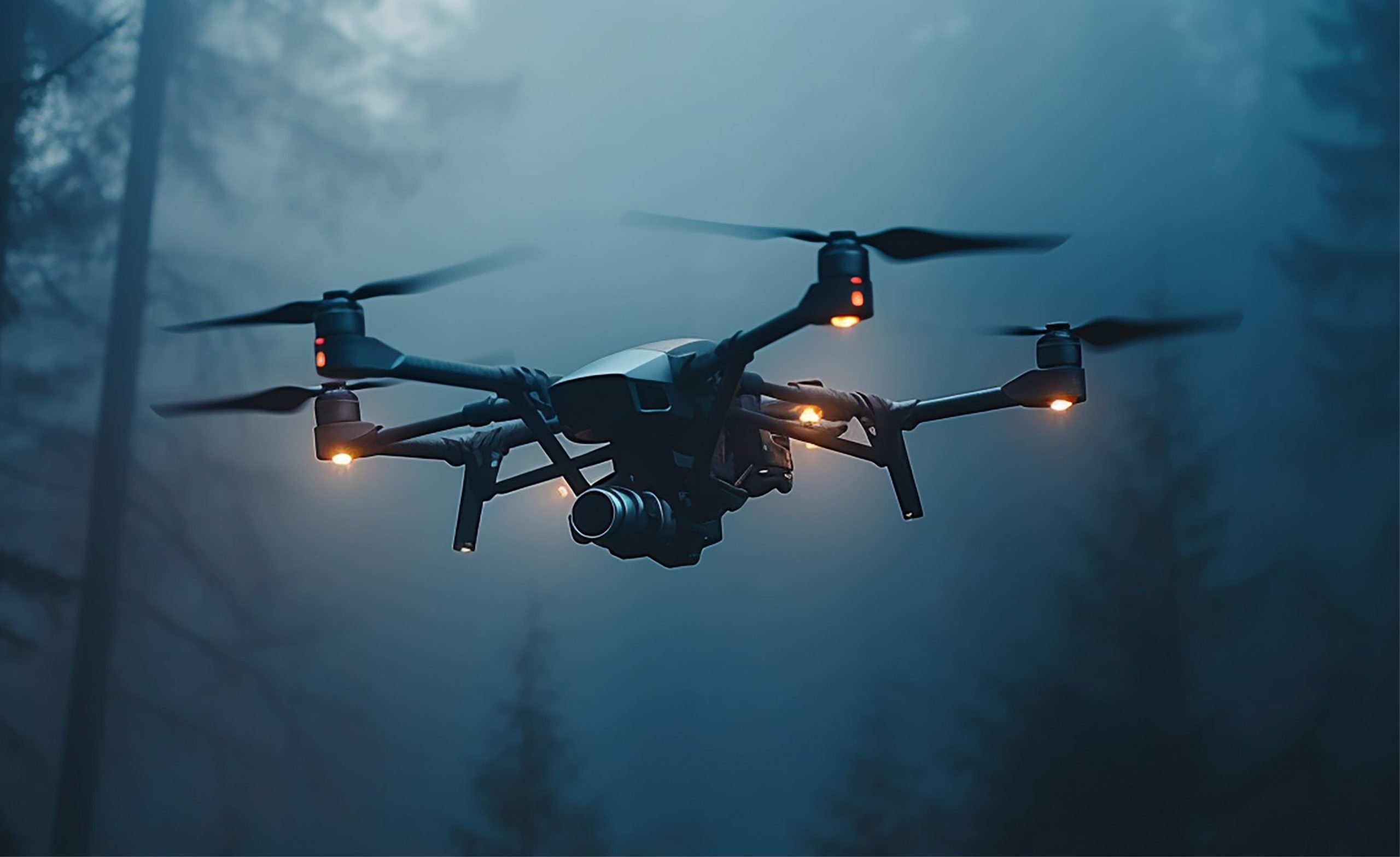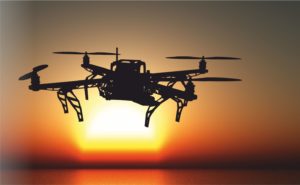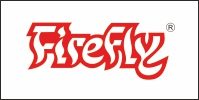 Wildfires pose a significant threat to ecosystems, human settlements, and economic assets. Traditional firefighting methods, including ground crews and aerial tankers, face challenges in accessibility, response time, and resource optimization. The integration of unmanned aerial vehicles (UAVs) or drones in wildfire management presents a promising solution, offering real-time surveillance, precise fire suppression, and improved resource deployment. This article explores the configuration and scheduling of firefighting drones based on loss estimation and minimization strategies.
Wildfires pose a significant threat to ecosystems, human settlements, and economic assets. Traditional firefighting methods, including ground crews and aerial tankers, face challenges in accessibility, response time, and resource optimization. The integration of unmanned aerial vehicles (UAVs) or drones in wildfire management presents a promising solution, offering real-time surveillance, precise fire suppression, and improved resource deployment. This article explores the configuration and scheduling of firefighting drones based on loss estimation and minimization strategies.
Firefighting Drone System Architecture
A well-designed firefighting drone system comprises multiple components working cohesively:
- Aerial Surveillance Drones: Equipped with thermal and multispectral cameras for real-time fire monitoring.
- Fire Suppression Drones: Designed to carry and release fire retardants or water payloads.
- Communication and Control Systems: AI-driven decision-making units integrated with ground command centers.
- Edge Computing and IoT Integration: Enhancing rapid data processing and situational awareness.
Drone Configuration for Fire Suppression
Optimizing drone configuration enhances operational efficiency and fire mitigation effectiveness. The key parameters include:
- Payload Capacity: Determines the amount of fire retardant or water each drone can carry.
- Flight Endurance: Ensures drones can operate for extended periods with optimized battery management.
- Autonomous Navigation: Integration of GPS, LiDAR, and AI-driven obstacle avoidance.
- Swarm Coordination: Multi-drone collaboration for synchronized firefighting efforts.
Loss Estimation Models in Wildfire Management
Accurate loss estimation enables better resource allocation and prioritization of firefighting efforts. The primary models include:
- Environmental Loss Models: Assessing damage to flora, fauna, and carbon emissions.
- Economic Impact Models: Evaluating losses to infrastructure, agriculture, and tourism.
- Human Risk Assessment: Predicting population displacement and health hazards.
- Fire Propagation Simulation: AI-driven modeling to forecast fire spread and intensity.
Scheduling Algorithms for Firefighting Drones
 Efficient scheduling ensures optimal drone deployment, reducing response times and maximizing suppression efforts. The leading algorithms include:
Efficient scheduling ensures optimal drone deployment, reducing response times and maximizing suppression efforts. The leading algorithms include:
- Real-Time Task Allocation: AI-based dynamic task assignment for drones based on fire intensity and location.
- Path Optimization Algorithms: Using A and Dijkstra’s algorithms for the shortest and safest flight routes.
- Swarm Intelligence: Leveraging bio-inspired algorithms (ant colony optimization, particle swarm optimization) for multi-drone coordination.
- Energy-Aware Scheduling: Balancing mission objectives with drone battery consumption and recharge cycles.
Minimization Strategies for Firefighting Losses
To enhance fire suppression effectiveness, the following strategies are crucial:
Early Detection and Rapid Response: AI-driven analytics and IoT sensors for immediate fire identification.
Autonomous Resource Allocation: Machine learning models to distribute firefighting assets optimally.
Weather and Terrain Adaptation: Integrating meteorological data for improved fire suppression tactics.
Post-Fire Damage Assessment: UAV-assisted surveys to quantify residual risks and damages.
Case Studies and Real-World Implementations
Several real-world applications highlight the effectiveness of drone-based wildfire management:
California Wildfires: Use of AI-driven UAVs for early detection and suppression.
Australia Bushfires: Implementation of swarm drones for real-time monitoring and firefighting.
European Forest Fires: Drone-assisted risk assessment and post-fire damage evaluation.
Firefighting drones offer a transformative approach to wildfire management, integrating AI, real-time analytics, and autonomous coordination.
Optimized configuration and scheduling based on loss estimation and minimization enhance operational efficiency, reducing economic, environmental, and human losses. Future advancements in UAV technology, edge computing, and AI-driven decision-making will further refine fire suppression strategies, making drone-based firefighting an indispensable tool in global wildfire mitigation efforts.























































